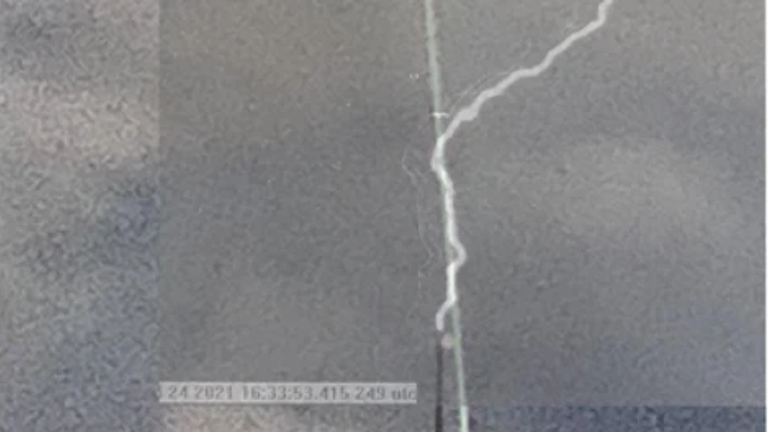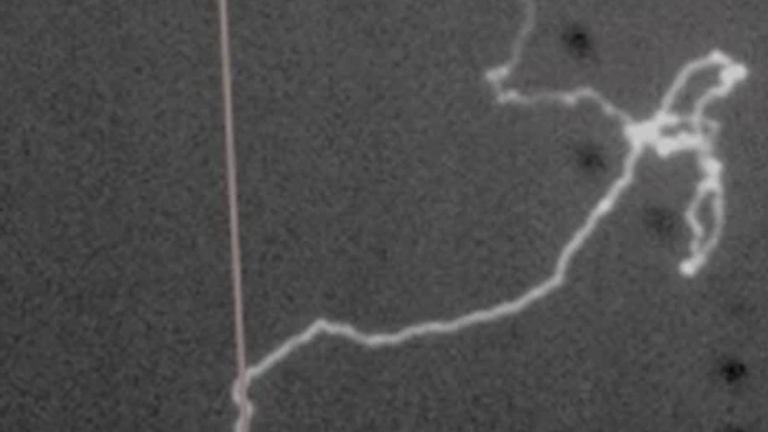Researchers have developed a laser beam that deflects lightning in a way that seems so common in sci-fi disaster films.
Pointing skyward from the imposing Mount Santis in northeastern Switzerland, the so-called laser lightning rod is being hailed by its creator as the biggest step in thunderstorm protection since Benjamin Franklin.
Franklin, one of the founding fathers of the United States, invented the lightning rod in 1752. Metal masts have been the most effective form of protection ever since.
But while the protective range of a lightning rod is limited by its height (for example, a 10-meter-high lightning rod can cover a 10-meter radius), laser-based solutions are expected to work over wider areas.
In findings published in the journal Nature Photonics, the researchers revealed that their new mast managed to deflect four lightning strikes by tens of meters even in the most challenging weather.
The laser lightning rod is 1.5 meters wide, 8 meters long and weighs more than 3 tons. It is located on the top of Santis Mountain at an altitude of about 2,500 meters.
There sits a Swisscom telecommunications tower equipped with ordinary lightning rods.
Over a three-month period from June 2021 to September 2021, the researchers monitored the performance of the upgraded laser bars, which are activated every time a storm is forecast to protect the tower.
“The aim was to see if there was a difference with and without the laser,” said Aurelien Houard, project coordinator at the Laboratoire d’Optique Appliquee in France.
“We compared data collected when the laser filament was generated above the tower – with data collected when the tower was struck naturally by lightning.”
Other institutions involved in the research include the University of Geneva and the Munich-based specialist manufacturer TRUMPF, which designed the laser.
How does a laser lightning rod work?
Traditional lightning rods are designed to attract lightning and then direct the voltage to ground.
A laser lightning rod works on the same principle as a guided bolt, but instead of a metal rod, it does so by using a laser beam to create a channel of ionized air.
This is what charges the air molecules and gives them their metal-like conductive properties.
Study author Jean-Pierre Wolf from the University of Geneva explains: “When very high-power laser pulses are launched into the atmosphere, very strong filaments form inside the beam.
“These filaments ionize nitrogen and oxygen molecules in the air, releasing electrons that can move freely. This ionized air, called plasma, becomes a conductor of electricity.”
what happened next
It is hoped that the laser lightning rod can not only be used alone, but also can be extended upwards from the traditional mast, increasing the size of its protected area.
Prof Wolf said that after nearly a year of analysis, the team concluded that the beam from the laser rod could guide the bolts to fire nearly 60 meters before reaching the Swisscom Tower – a significant increase in the size of the protected area.
In the long run, it can extend a 10 meter high pole by 500 meters.
Scientists say this could change how airports, launch sites and other critical infrastructure locations are protected from lightning strikes, which kill an estimated 24,000 people each year.

